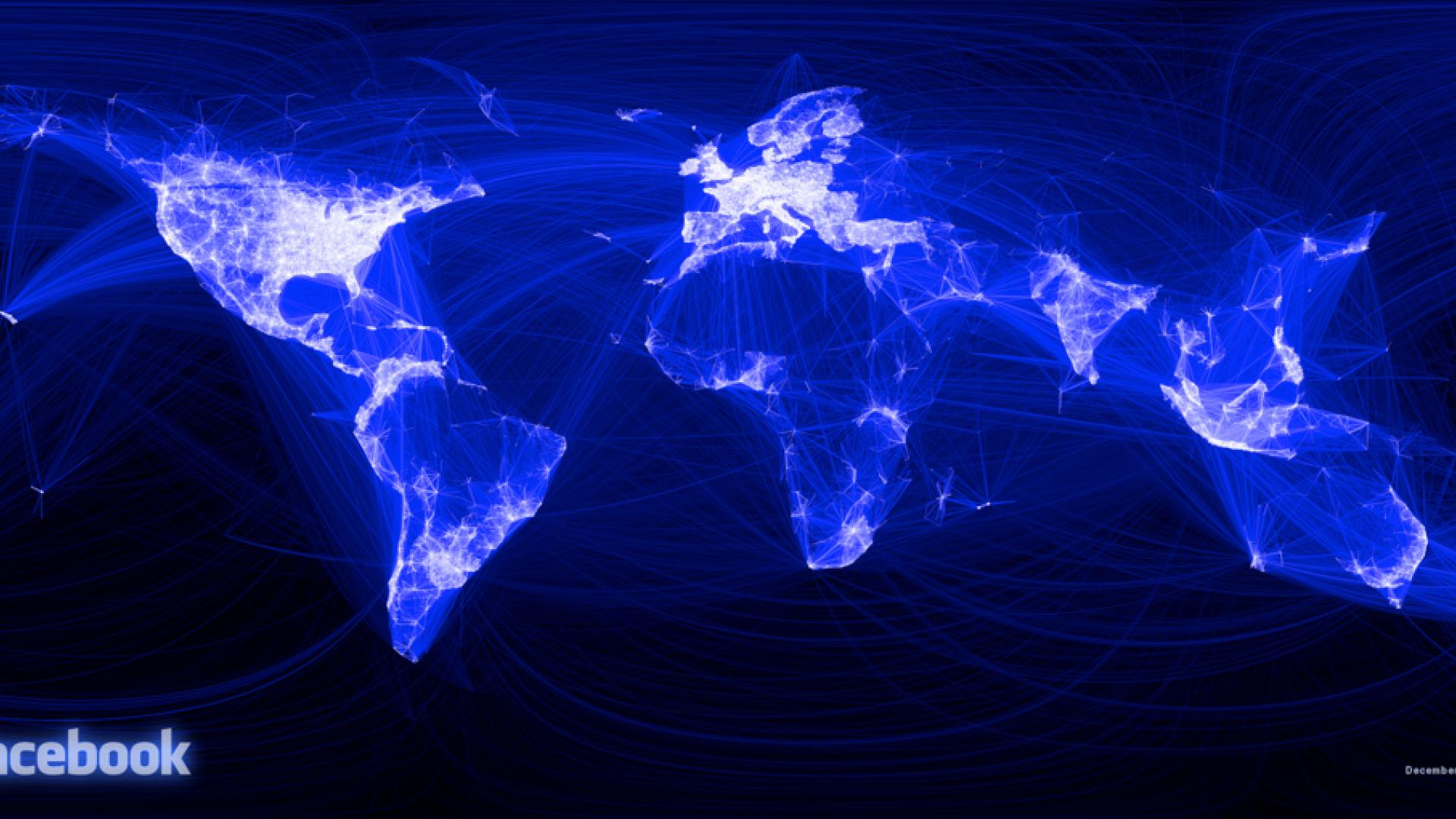Once upon a time (well about ten years ago) awareness building was relatively simple. If you wanted to increase awareness you either had to spend money on TV or print advertising or be very good at doing the things that the media wanted to cover. Now things are very different. The age of the internet and the changing culture that it brings with it affect the way that every charity can build awareness.
Increasing fragmentation of the media means that less and less people watch the big commercial channels and more and more people watch a whole spectrum of programmes and channels. Over the next year people will increasingly start to watch TV on the Internet and the two media will begin their slow path to convergence. Already 28% of people surf the internet while watching TV every single day (and 12 million Americans admit to shopping online line while making a work telephone call).
At the same time the rising importance of celebrity means that increasingly what people read in all kinds of media is about celebrity - witness the rise in celebrity magazines, celebrity websites and celebrity news where hard news used to be. With these changes come viewing habits which last seconds not even minutes or hours. People skim websites, flick TV channels, scan newspapers articles and rarely come up for air.
Charities need to put their awareness messages in this context to thrive. The good news is that in a fragmented online world charities can compete better with the big-budget companies and government. It is much easier to find out about charities via the web than it ever was before. Even Google will bring up the information about a breadth of sizes of charities if somebody types in 'child welfare charity' (though the big ones can also pay for their ratings).
But to gain coverage every charity does need to make sure they optimise how search engines find them. They also need to get their stories onto as many sites as possible. They also need to use their own supporters as viral marketers and advocates, putting their messages out across the ether.
Even more important, the messages that a charity puts out should be fit for an online world: short, punchy, memorable and charity-specific. Many charities prefer visionary integrity to brand distinctiveness: for example, how many disability charities use terms like equality, opportunity, independence in their rhetoric? These are laudable goals but not very charity specific. Bite-size messages need to work with colours, logos, straplines, names and even celebrities to make a charity's message more unique and more memorable.
We have all seen the phenomena when a book or a film that we have never heard of suddenly seems to be mentioned repeatedly. In reality the messages probably haven't changed but receptivity has. We recognise the film we have never heard of because we are switched on to it. In the same way we become aware of the charity because we are switched on to it. It is much easier to maintain awareness than build it. Nonetheless every charity can use the internet to get its message across in a thousand ways across a thousand websites, gradually switching people on to their work and their story one by one.
No matter that so few people remember the internet as a source of charity information - look at the remorseless increase in our figures (from 15% to 30% over the last seven years) for the numbers who have visited a charity website. The internet is an integral part of how we see the world and how we get information from it. Awareness-builders take note.

